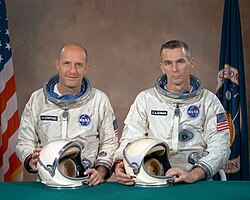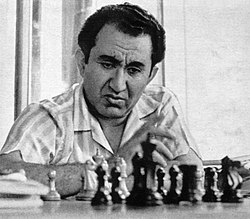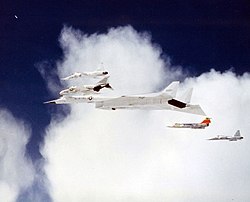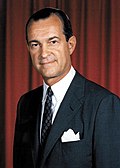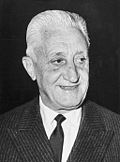| << | June 1966 | >> | ||||
|---|---|---|---|---|---|---|
| Su | Mo | Tu | We | Th | Fr | Sa |
| 1 | 2 | 3 | 4 | |||
| 5 | 6 | 7 | 8 | 9 | 10 | 11 |
| 12 | 13 | 14 | 15 | 16 | 17 | 18 |
| 19 | 20 | 21 | 22 | 23 | 24 | 25 |
| 26 | 27 | 28 | 29 | 30 | ||



The following events occurred in June 1966:
Contents
- June 1, 1966 (Wednesday)
- June 2, 1966 (Thursday)
- June 3, 1966 (Friday)
- June 4, 1966 (Saturday)
- June 5, 1966 (Sunday)
- June 6, 1966 (Monday)
- June 7, 1966 (Tuesday)
- June 8, 1966 (Wednesday)
- June 9, 1966 (Thursday)
- June 10, 1966 (Friday)
- June 11, 1966 (Saturday)
- June 12, 1966 (Sunday)
- June 13, 1966 (Monday)
- June 14, 1966 (Tuesday)
- June 15, 1966 (Wednesday)
- June 16, 1966 (Thursday)
- June 17, 1966 (Friday)
- June 18, 1966 (Saturday)
- June 19, 1966 (Sunday)
- June 20, 1966 (Monday)
- June 21, 1966 (Tuesday)
- June 22, 1966 (Wednesday)
- June 23, 1966 (Thursday)
- June 24, 1966 (Friday)
- June 25, 1966 (Saturday)
- June 26, 1966 (Sunday)
- June 27, 1966 (Monday)
- June 28, 1966 (Tuesday)
- June 29, 1966 (Wednesday)
- June 30, 1966 (Thursday)
- References

